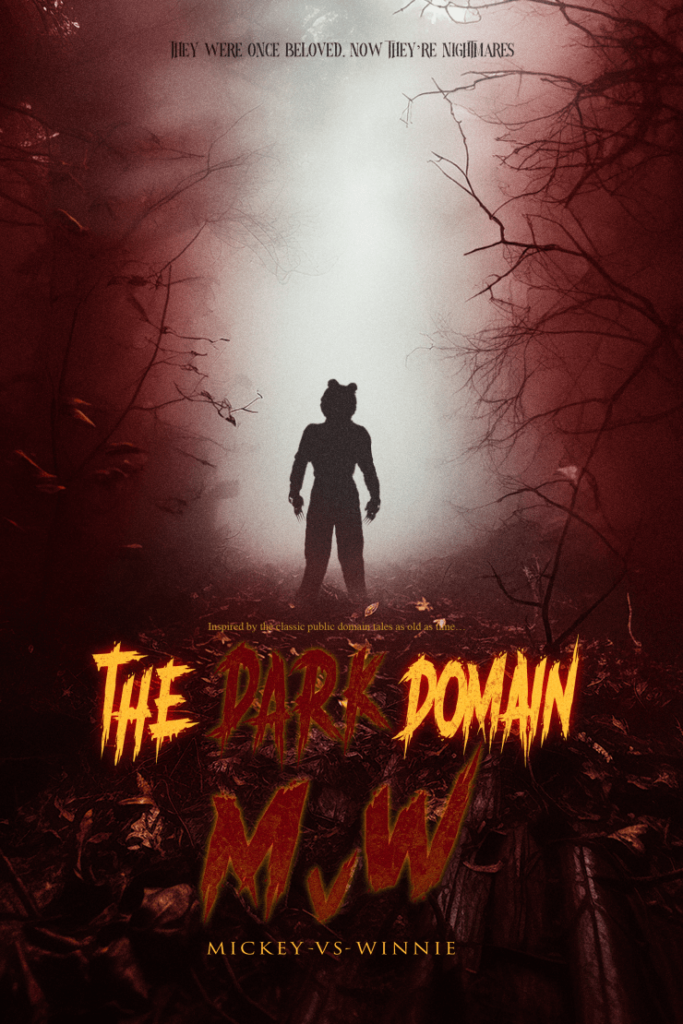This Island Earth celebrates its 70th anniversary today — it premiered in New York City on June 10, 1955, before officially opening five days later — but it still doesn’t receive the respect it deserves in the annals of science fiction.
At a glance, the pulpy space opera may appear to typify ‘50s schlock, a reputation exacerbated by being the subject of Mystery Science Theater 3000: The Movie. A closer look, however, reveals that much of the film goes against the grain for sci-fi of the era, helping to lay the groundwork for those to come.
Based on the 1952 novel by Raymond F. Jones, This Island Earth is directed by Joseph M. Newman (“The Twilight Zone”), with uncredited contributions by Jack Arnold (Creature from the Black Lagoon), and written by Franklin Coen (The Train) and George Callahan.
The movie gets a lot right when it comes to its genre elements, from sociopolitical commentary — thinly veiled as it may be, with atomic energy casually discussed in the opening scene — to a memorable monster — with the Metaluna Mutant acting as a late addition to the classic Universal monster lineage.

When Dr. Cal Meacham (Rex Reason, The Creature Walks Among Us) receives a series of mysterious packages featuring thousands of unearthly parts accompanied by a user manual, he does what any person of science would do: follow the instructions. He successfully assembles the so-called interocitor, a complex machine that allows him to communicate via video with Exeter (Jeff Morrow, The Creature Walks Among Us), an inscrutable scientist with an elongated forehead topped with stark white hair.
Having passed Exeter’s covert aptitude test and borne witness to his threatening power, Meacham is recruited to join a team of the best scientists from around the world at a cult-like compound with the alleged goal of putting an end to war. But Meacham, along with fellow scientist Dr. Ruth Adams (Faith Domergue, It Came from Beneath the Sea), is skeptical, and his suspicions are soon confirmed when they’re abducted and brought to Exeter’s home planet of Metaluna.
While budgetary restraints prevent the film from going intergalactic until the final act, its 87 minutes move at a fairly snappy pace. The exposition-heavy front half serves to build intrigue that pays off when the more exciting genre elements come into play.
Reason is epitome of a leading man: classically handsome with a chiseled jaw and a perfect quaff of dark hair, along with a deep, commanding voice. He also has decent acting chops, but that’s almost secondary. Casting a woman as a scientist was rather progressive for the time, but Domergue ultimately defaults to the damsel in distress archetype. Morrow’s character successfully develops a rare arc for an alien.
Robert Nichols (The Thing from Another World) has a supporting role as Meacham’s meek assistant, but the most recognizable actor in the film is Russell Johnson (the Professor from “Gilligan’s Island”), who plays another scientist. Stunt performer Regis Parton (Planet of the Apes, The Monster Squad) is uncredited as the man in the mutant suit.

The Metaluna Mutant is credited to head makeup artist Bud Westmore (To Kill a Mockingbird), but we now know that it was designed at least in part by unsung hero Milicent Patrick (Creature from the Black Lagoon) and constructed by a team of artists. Not even the silly trousers it dons can take away from the otherwise striking design: insect-like eyes, piercing claws, and a bulbous brain that inspired Mars Attacks. Despite being a focal point of the marketing, the creature only appears briefly during the climax and is hardly integral to the plot, but it left a lasting impression on viewers.
Unlike many of its ’50s sci-fi brethren, This Island Earth is a color picture; Technicolor, to be exact. Cinematographer Clifford Stine (It Came from Outer Space) utilizes the vibrant palette to bathe the screen in primary colors during several key sequences. Inspired production design from art director Alexander Golitzen (Spartacus) supplements the otherworldly immersion.
The length of This Island Earth’s production was as much a part of the marketing as its creature, with “2.5 years in the making!” serving as a tagline back when such a time frame was extraordinary. Much of that time was dedicated to the deluge of optical effects, ranging from rotoscoping and pyrotechnics to matte paintings and miniatures. With the exception of one glaringly bad blue screen shot, the effects are quite impressive for the time.
This Island Earth‘s lyrical title doesn’t do it any favors when compared to the conspicuous names of its contemporaries, but the ambitious film can hold its own against other alien invasion classics like Forbidden Planet, The Day the Earth Stood Still, The War of the Worlds, and Invasion of the Body Snatchers.

The post ‘This Island Earth’ at 70 – Universal’s Technicolor Monster Movie Deserves More Love appeared first on Bloody Disgusting!.


